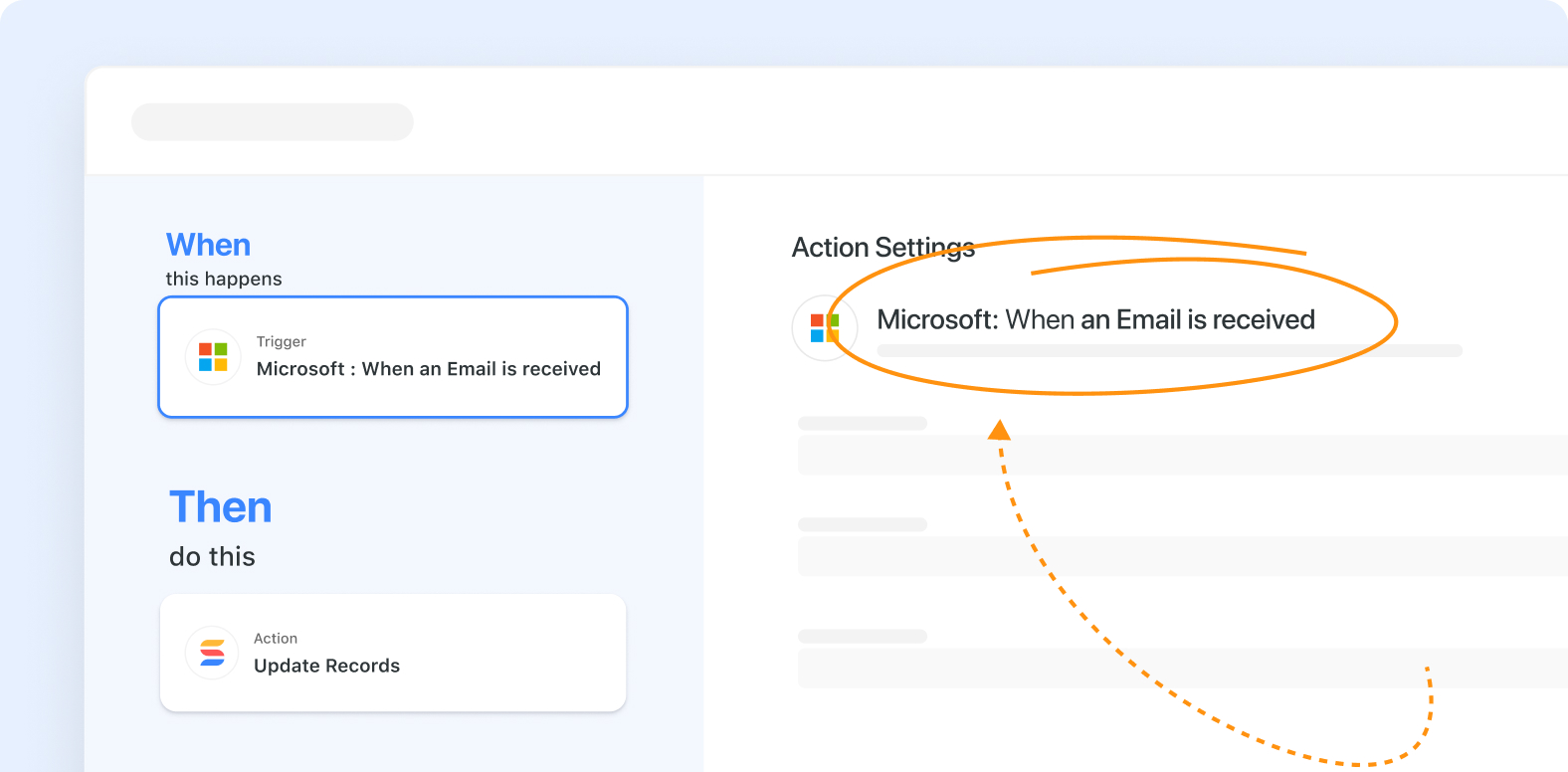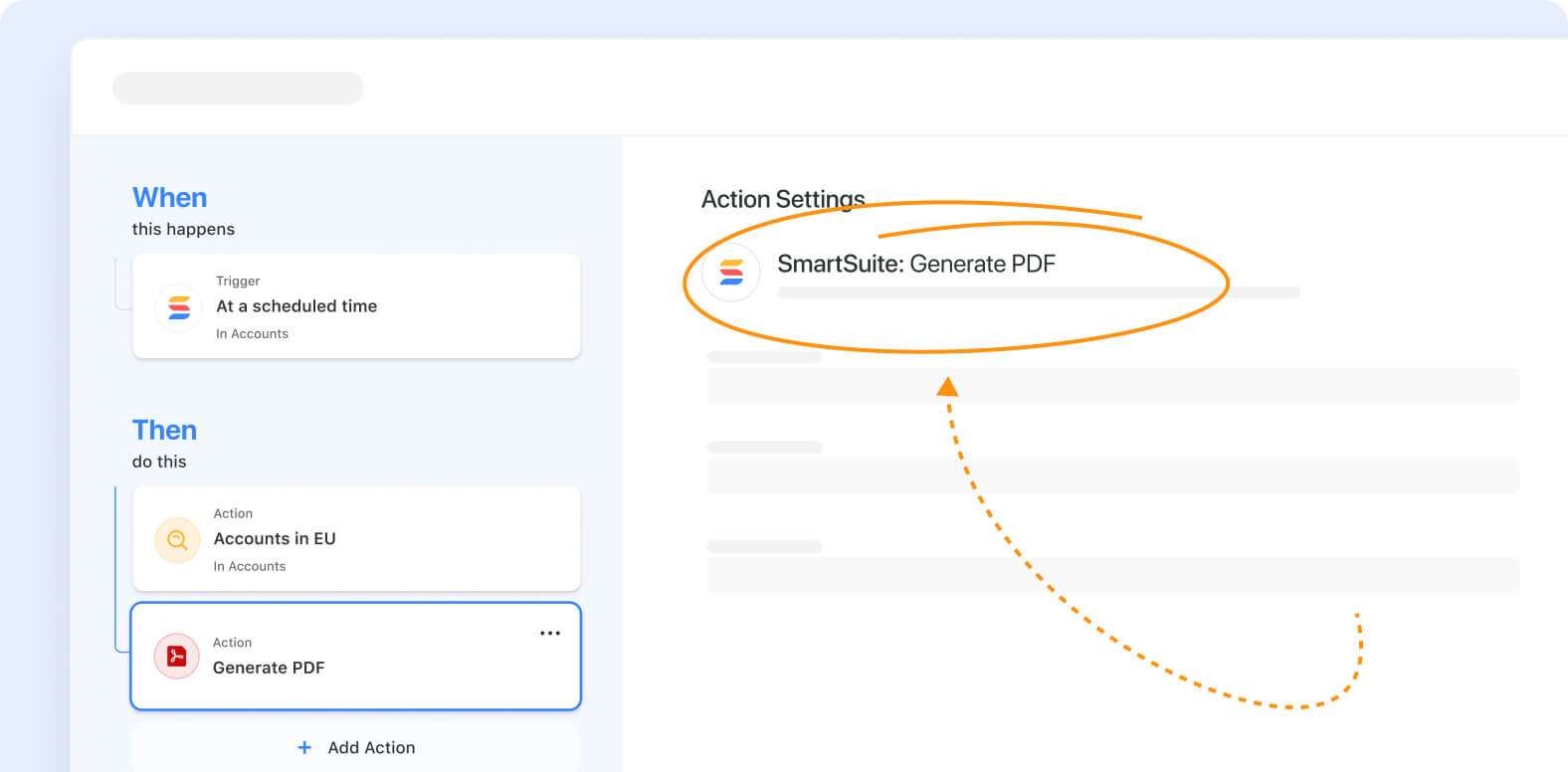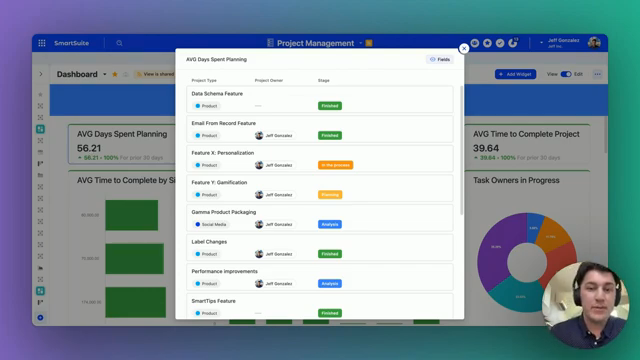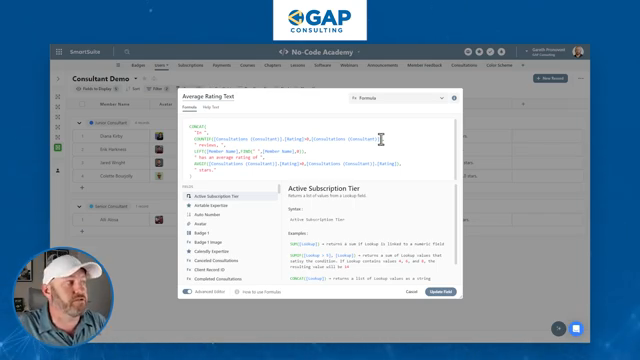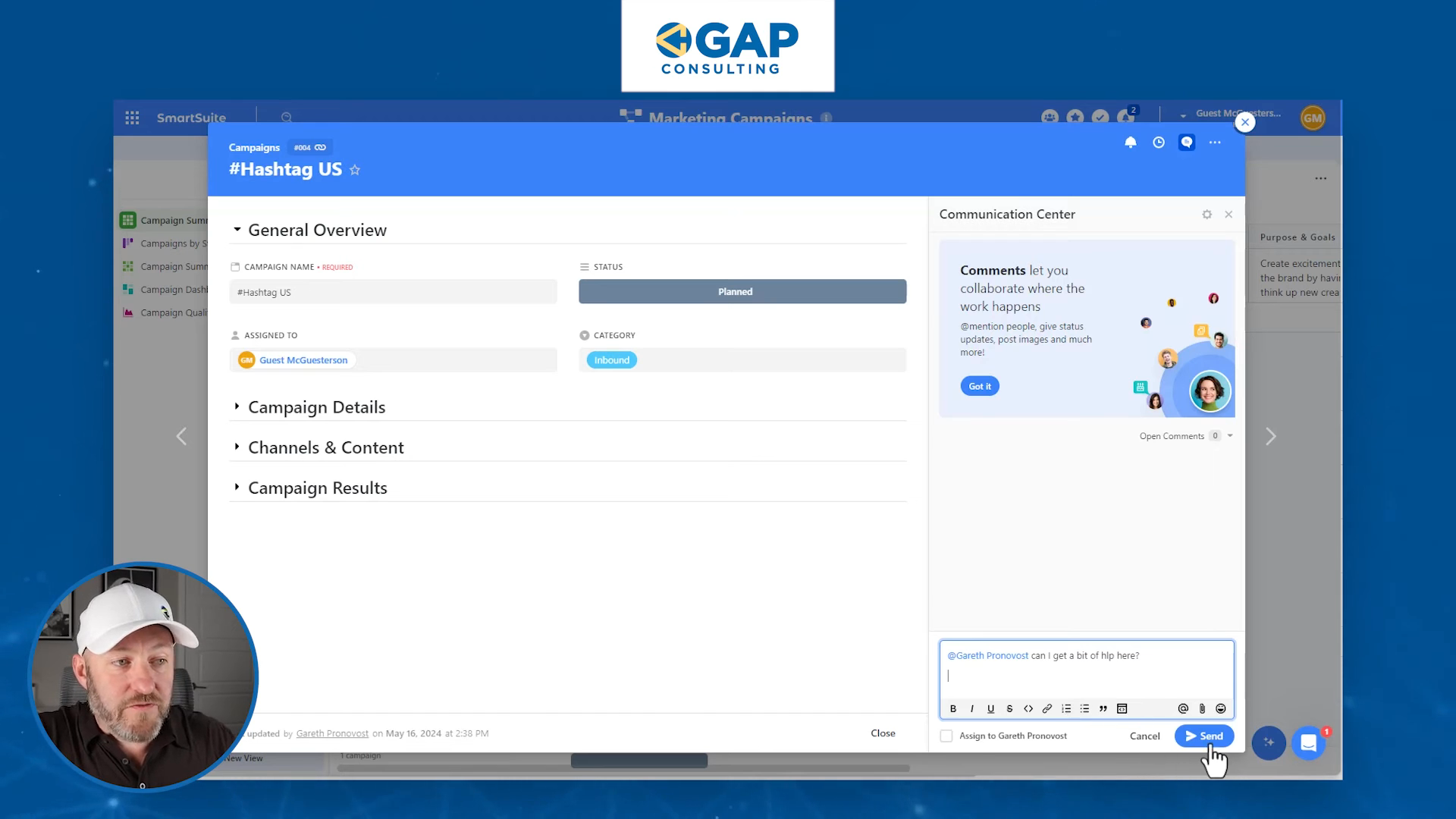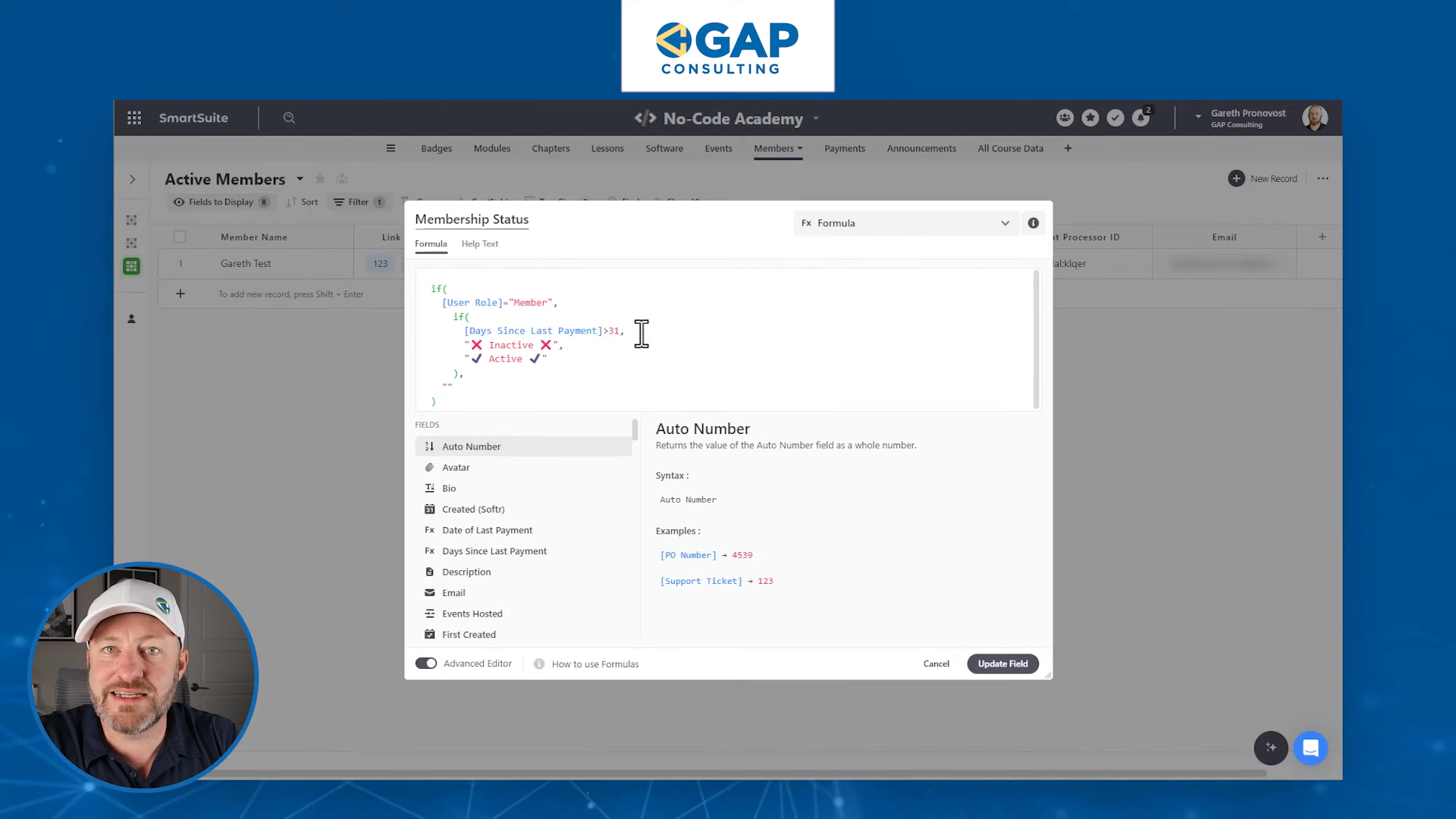Our view at Stack - You definitely can't pigeon-hole SmartSuite as it does so much! It's a collaborative work management platform that enables teams to plan, track, and manage workflows, projects, and everyday tasks. With features like automations, integrations, and AI capabilities, it streamlines work processes and empowers teams to achieve their goals. It's also available in 15 languages.
One of the most critical aspects of organizational success is the relationship between product and engineering teams. Companies that successfully bridge the gap between these two crucial departments often see improved productivity, better product outcomes, and a more harmonious work environment. So, how can you improve the relationship between product and engineering? Here are three practical ways to do just that.
1. Foster Open Communication and Collaboration
Fostering open communication and collaboration is key to improving the relationship between product and engineering. Regular meetings, joint planning sessions, and open forums where both teams can share ideas and feedback can significantly enhance mutual understanding and respect. By improving the relationship between product and engineering through open dialogue, teams can align their goals and work more efficiently towards common objectives.
Encouraging cross-functional teamwork can also break down silos. When product managers and engineers collaborate closely, they can anticipate challenges, brainstorm solutions together, and ensure everyone is on the same page. This collaborative spirit helps create a unified vision and smoother execution of projects.
2. Align Goals and Expectations
Aligning goals and expectations is another crucial step to improving the relationship between product and engineering. Often, friction arises when there is a mismatch in what each team expects from the other. Clear communication of project goals, timelines, and deliverables can help set realistic expectations.
Using tools that provide visibility into each team’s workflow can be immensely helpful. When both product and engineering teams can see the progress of tasks and understand the dependencies, it reduces misunderstandings and fosters a sense of shared responsibility. Regular check-ins and updates ensure that everyone is informed and any issues can be addressed promptly.
3. Encourage Mutual Respect and Understanding
Building mutual respect and understanding of culture is essential to improving the relationship between product and engineering. Recognizing each team’s unique skills and perspectives can go a long way in fostering a positive working relationship. Celebrate successes together and acknowledge the contributions of both teams.
Investing in team-building activities and training sessions emphasizing empathy and collaboration can also benefit. When team members understand the challenges and pressures their counterparts face, they are more likely to approach problems with a cooperative mindset rather than a confrontational one.
In conclusion, improving the relationship between product and engineering requires intentional effort and a commitment to fostering open communication, aligning goals, and nurturing mutual respect. By implementing these practical strategies, companies can create a more collaborative and productive work environment, leading to better products and happier teams.
SmartSuite, a collaborative Work Management platform, can be invaluable in this journey. With its ability to manage projects, track tasks, and automate processes, SmartSuite helps align goals and improve team communication. By bringing all your work into one intuitive platform, SmartSuite makes planning, tracking, and managing any workflow easier, ultimately enhancing the relationship between your product and engineering teams.
If Smartsuite is of interest and you'd like more information, please do make contact or take a look in more detail here.
Credit: Original article published here.




